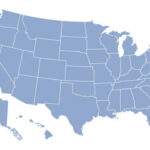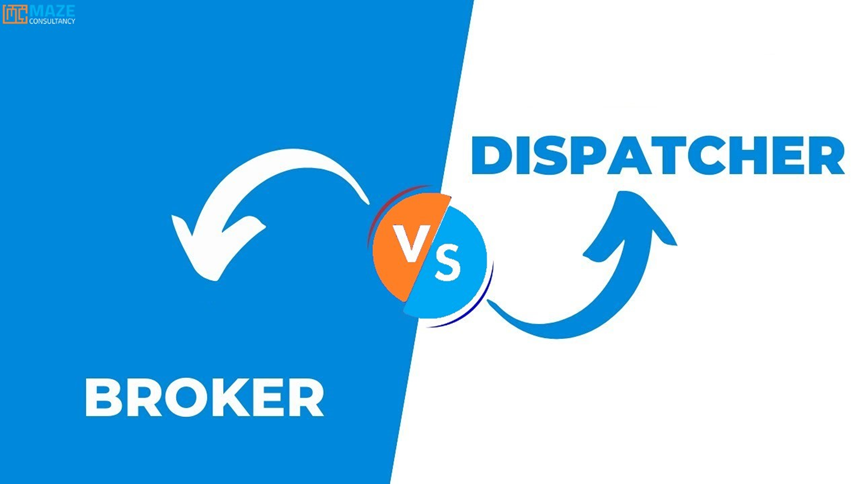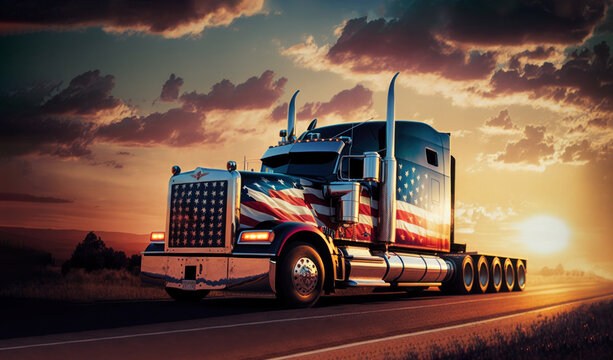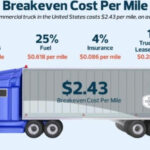U.S. government policies affecting truckersCertainly! Here’s a detailed explanation of government policies related to truckers and dispatchers, ensuring it’s original and informative:
1. Hours of Service (HOS) Regulations
Objective: Prevent driver fatigue and enhance road safety.
- Daily Driving Limits: Truck drivers are generally restricted to a maximum number of driving hours per day. For example, in the U.S., the Federal Motor Carrier Safety Administration (FMCSA) limits drivers to 11 hours of driving after 10 consecutive hours off duty.
- Rest Breaks: Drivers must take breaks at specified intervals. For instance, in the U.S., they need a 30-minute break after 8 hours of driving.
- Log Keeping: Drivers are required to maintain accurate logs of their driving and rest periods. Electronic Logging Devices (ELDs) are increasingly used to automatically record this data, ensuring compliance and reducing paperwork.
2. Safety and Vehicle Maintenance
Objective: Ensure vehicles are roadworthy and meet environmental standards.
- Regular Inspections: Trucks must undergo periodic inspections to check for safety issues. These can be routine checks or part of a scheduled maintenance program.
- Emission Standards: Vehicles must comply with emissions regulations to limit their environmental impact. For instance, in many jurisdictions, trucks must adhere to standards that limit nitrogen oxides and particulate matter.
- Safety Equipment: Trucks must be equipped with safety features such as functioning lights, brakes, and reflective tape to enhance visibility and safety.
3. Licensing and Certification
Objective: Verify that drivers and dispatchers have the necessary skills and qualifications.
- Commercial Driver’s License (CDL): Required for truck drivers to operate commercial vehicles. There are different classes of CDLs depending on vehicle size and type of cargo.
- Training Programs: Prospective drivers must complete training programs that cover vehicle operation, safety practices, and regulatory knowledge.
- Ongoing Education: Some regions require periodic re-certification or continuing education to keep drivers updated on new regulations and technologies.
4. Hours of Work for Dispatchers
Objective: Manage dispatcher workload to ensure efficiency and prevent burnout.
- Work Hours: Regulations may set limits on the maximum hours dispatchers can work to avoid overwork and maintain effective decision-making.
- Working Conditions: Standards may be in place to ensure a safe and ergonomic work environment in dispatch centers, including proper equipment and workspace design.
5. Labor Laws and Worker Rights
Objective: Protect the rights and well-being of truck drivers and dispatchers.
- Wages: Ensure drivers receive at least minimum wage and proper overtime pay. This includes compensation for all hours worked, including waiting time and loading/unloading.
- Health and Safety: Regulations enforce safe working conditions, including protections against occupational hazards and requirements for safety training.
- Unionization: Drivers and dispatchers have the right to join unions and engage in collective bargaining to negotiate better working conditions and benefits.
6. Insurance Requirements
Objective: Provide financial protection and mitigate risks associated with trucking.
- Liability Insurance: Trucking companies must carry liability insurance to cover damages in case of accidents involving their vehicles.
- Cargo Insurance: This type of insurance covers losses or damage to the cargo being transported, providing financial protection for both the carrier and the cargo owner.
7. Technology and Compliance
Objective: Enhance operational efficiency and ensure adherence to regulations.
- Electronic Logging Devices (ELDs): These devices automatically record driving hours and rest periods, helping to ensure compliance with HOS regulations and reduce manual log errors.
- Telematics: Technology that tracks vehicle performance and driver behavior. It can be used for monitoring fuel efficiency, vehicle maintenance needs, and driver performance.
8. Cross-Border Regulations
Objective: Facilitate international transport while ensuring compliance with varying regulations.
- Customs and Border Requirements: Regulations require specific documentation and compliance checks for trucks crossing international borders, including customs declarations and inspections.
- International Agreements: Agreements between countries, such as the North American Free Trade Agreement (NAFTA), provide standardized regulations and procedures for cross-border trucking.
9. Environmental Regulations
Objective: Reduce the environmental impact of trucking operations.
- Fuel Efficiency Standards: Regulations mandate improvements in fuel efficiency for commercial trucks, reducing fuel consumption and greenhouse gas emissions.
- Alternative Fuels: Some regions offer incentives for trucks that use alternative fuels, such as natural gas or electric power, to lower their environmental footprint.
10. Emerging Regulations
Objective: Address new challenges and advancements in the trucking industry.
- Autonomous Vehicles: Regulations are evolving to address the deployment and testing of self-driving trucks. These include safety standards and operational guidelines to ensure the safe integration of autonomous technology.
- Data Privacy: As trucks become increasingly connected, regulations are being developed to protect the privacy and security of data collected through telematics and other monitoring systems.
These policies aim to create a balanced framework that promotes safety, efficiency, and fair labor practices while addressing environmental and technological advancements in the trucking industry.
























